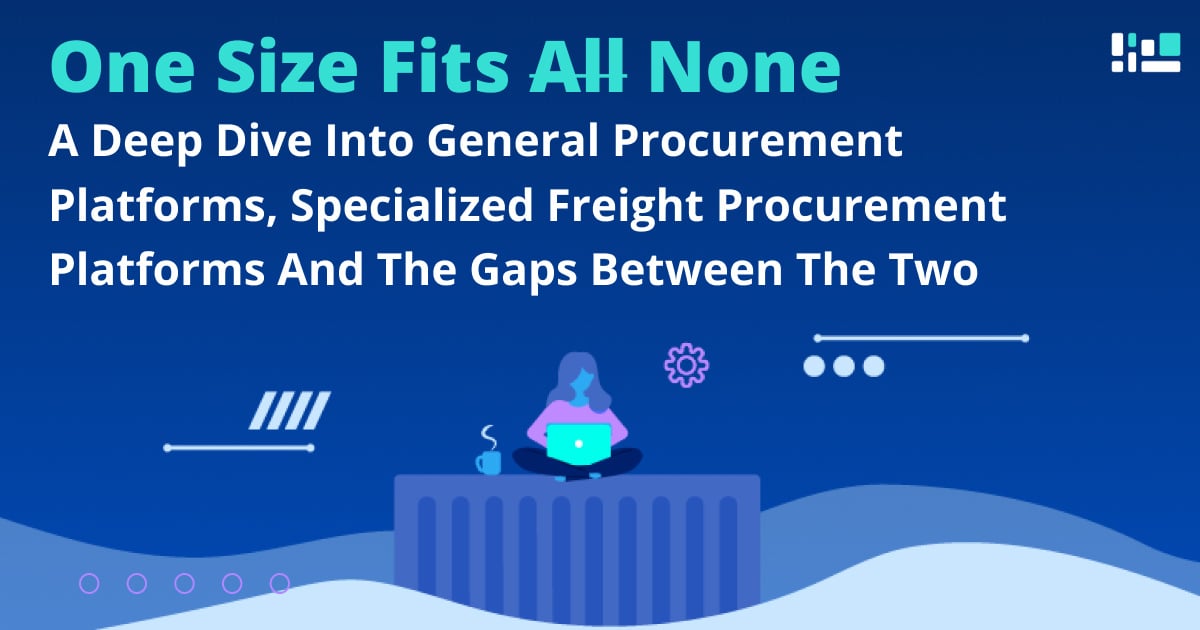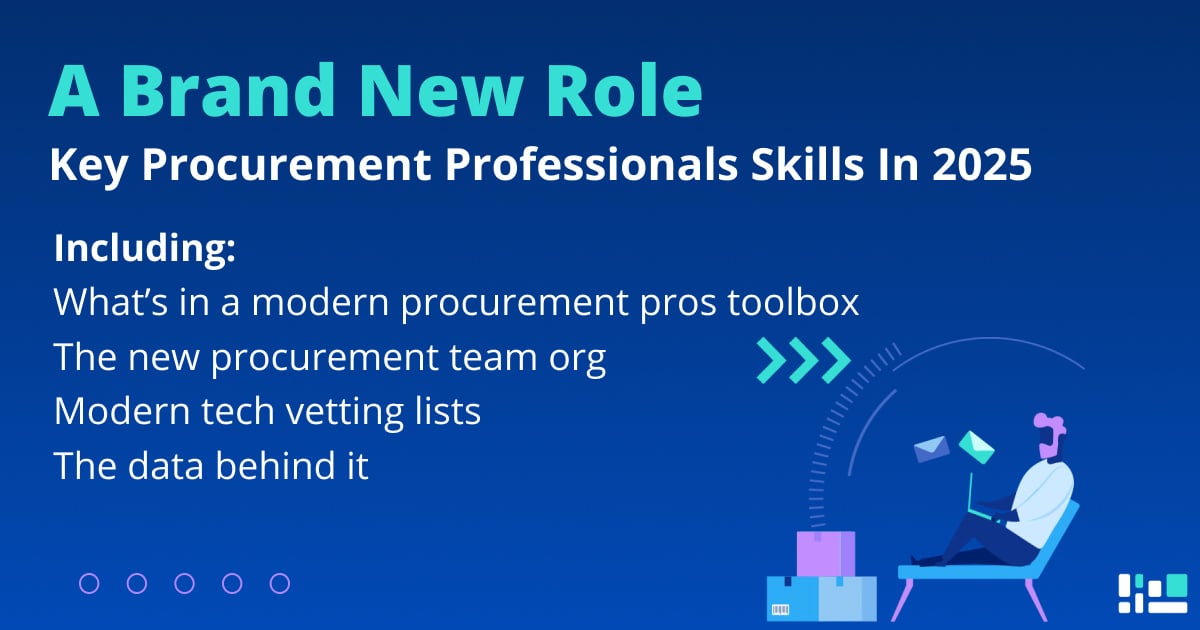Tender seasons is upon us, and this year there are a lot of factors to consider when choosing your carriers: Capacity is tight, rates remain high and lane disruptions and bottlenecks are more common than ever.
So how do you choose your freight?
Do you try to keep your costs down? Or secure capacity no matter what the price? Or do you focus on ensuring your supply chain is resilient to the next big disruption?
It’s tough, but there’s another option many procurement leaders are considering: holistic decision making.
So, what exactly is holistic decision making and how can implement it in your team?
What is a holistic freight sourcing decision?
Holistic sourcing decisions take into consideration all your priorities and balance the competing factors. You don’t just focus on a single criteria, like securing capacity. You look at multiple options based on a number of criteria to find the best solution.
When you make a holistic sourcing decision, you’re going beyond simplistic carrier award decision making – factoring in as many different conditions as you can to ensure you get the best outcome.
And while this may seem complicated – and like a lot of work – there are things you can do to make holistic decisioning easy.
How to make holistic freight sourcing decisions
Making holistic decisions in freight procurement doesn't need to be complicated. These 6 tactics will help you roll out holistic decision making to your team and ensure you have a strong tender season.
1. Map out your priorities and set goals
To make the best sourcing decisions, you need map out your priorities and set goals. This way, you and your team have something tangible to work towards and can measure it if you achieve it.
This will ensure your team balances priorities accurately and focuses on the things your freight procurement strategy needs to succeed, even when you're dealing with many competing factors.
Your priorities might vary depending on specific lanes, cargo type or season – but it’s vital everyone in your team has clear KPIs to work towards.
2. Bring your dormant data to life
Every department in every company has some amount of internal data they’re not utilising to the fullest. But untapped data is a particular issue in freight procurement teams. That’s because there’s just so much data involved and it's often stored in various files and computers across the team.
So why is this historical data important to future decision making?
To build a holistic strategy, it’s important to know how well your previous and current strategies worked. If you don’t, you’re destined to repeat past mistakes and ignore important insights that could give you the edge this tender season.
Read: Why You Need to Bring Your Dormant Shipping Data to Life
3. Combine your data sources into one seamless information engine
One of the biggest barriers to making truly holistic sourcing decisions in freight procurement is the number of data sources that you need to consider in your strategy.
If you break them down into categories, it’s easier to get an understanding of all the factors you need to consider:
- Internal requirements (freight volume, cargo type, specialist container requirements)
- Carrier information (capacity, past performance, sustainability, suitability)
- Freight Rates (price, surcharges, lanes options)
- External information (benchmarks, disruption risk).
Analysing all this information manually will take time. However, you can get around this using a sourcing a procurement platform that centralises all of your data (and external factors like benchmarks and sustainability data) all in one place. Software like this makes it easy to create an information engine to power your freight sourcing strategy and ensures your team always makes decisions based on facts, not assumptions.
4. Make scenario-based decisions
You’ll already be well acquainted with using scenarios when comparing carrier offers, whether it’s best-price, incumbent or something else.
And while you might be thinking “that’s not really holistic” as it just focuses on one criteria – using scenarios still plays a major part in holistic sourcing.
Using digitally generated scenarios allows you to compare different sourcing options in seconds. This makes it easy to compare different options quickly - vastly speeding up the holistic decision-making process.
5. Use the right digital tools
Pulling all your data into one place and analysing it effectively would be insanely time consuming (if not impossible) to do manually in Excel sheets.
Using an intelligent platform that seamlessly pulls all your data together and combines it with real-time market rates – makes making holistic data-driven decisions fast and easy.
The automation functions on digital platforms allow you to create RfQs in less than 6 minutes and source freight in a fraction of the time, so you can tender more regularly and react to the market in real time. This means you can base your decisions on what's happening right now in the market - ensuring your decisions are as accurate as possible
6. Foster agile teamwork
As the saying goes ‘more heads are better than one’. Encouraging agile teamwork ensures your team collaborates and makes better decisions together.
But how do you implement agile in a freight procurement team? Download the eBook for everything you need to know on agile freight procurement.
About SHIPSTA
SHIPSTA powers smart logistics procurement with a digital platform that connects shippers and carriers to ensure a frictionless procurement process for spot and contract buying, entirely online. It automates complex tasks, provides unrivalled visibility and supports fast data-driven decision making.
Designed and built by experts in logistics procurement, SHIPSTA is bringing transparency, automation and efficiency to the global logistics industry. It is used by some of the world’s largest companies to respond to market volatility, control freight costs and manage risk. The company was founded in 2015 and is based in Mertert, Luxembourg and Hamburg, Germany.



